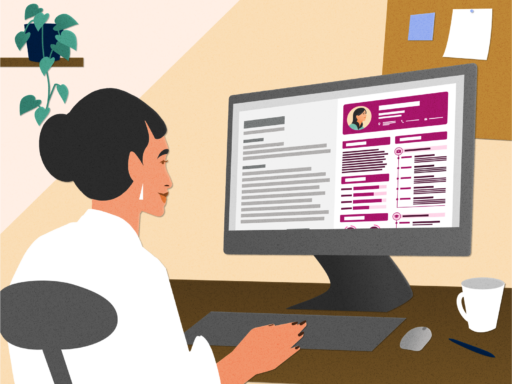There is a chance that you will be surprised (and disappointed) by what happens after you apply for a job. The next time around, you can win by knowing what happens. When companies get lots of applications for one job, they have to find a quick way to sort through them all. This post tells you what really goes on so you can improve your chances.
When you hit send on your application, most employers use a computer system to collect all the forms and resumes. A recruiter will search through looking for certain words related to the job. They only spend a few seconds glancing at each one to see if it seems like a good fit.
If they don’t spot the connections to the job right away, they move on to the next. So you need to highlight the most important parts of your experience. Things like your job titles, tasks, skills, and education level need to jump off the page.
The recruiter makes a fast decision to keep your resume or trash it. They are trying to narrow down the huge pile into a smaller “maybe” stack. For this initial look, they check:
- Does your work history match what they need? If not, they move on.
- Do you list the right skills or experience? If it’s not clear, they move on.
- Do you have the required education? If it’s missing, they move on.
If you pass these tests, you make it to the “maybe” stack. Then they compare everyone in there more closely. Things like how many of the job requirements you meet, your career progression, reference checks, and test scores help decide who gets interviewed.
The process seems harsh but it has to be quick with so many applications. To stand the best chance, make sure your resume immediately shows you as the perfect fit for the job. Highlight your most relevant experience, skills, and education and use words from the job posting. Keep it brief and error-free so there’s no excuse to toss you aside in those crucial first seconds. Understanding how things work can help you get noticed next time.







